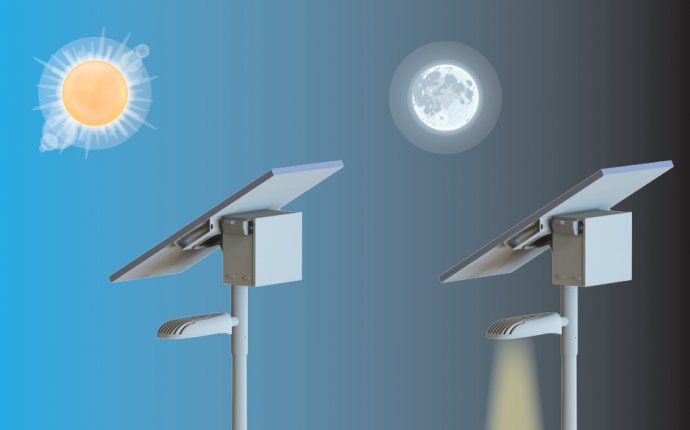
How to Work solar System?
The Apollo missions visited 6 geologically complex sites of interest on the lunar surface during the 1969-1972 period and brought back around 382 kg of samples back to Earth for analysis. This amount of material has provided an idea of how … Continue reading →
“Surely there is nothing left to learn from the Moon?” As a lunar scientist this is one of the easiest questions to answer, along with “the Moon landings were faked weren’t they?” NO, the Moon landings were not faked. NO … Continue reading →
Vienna: One of the most culturally rich and diverse capital cities in the world and home to this years’ European Geosciences Union (EGU) annual meeting. I was fortunate enough to attend this meeting during the first part of the week in … Continue reading →
This blog has been written by group member Dr Rhian Jones ————————————————————————— Ordinary chondrites are the most common type of meteorite that lands on the Earth. They are pieces of asteroids that were knocked free by collisions, and then wandered … Continue reading →
This blog has been written by group member Dr Rhian Jones —————————————— Chondrules are small round stony beads that are the main component of chondrite meteorites. They date to within about 2 million years of the formation of the solar … Continue reading →
Earth and Solar System has a new fun activity called ‘Meteorite hunt!’ we have been trialing with group members and put into practice at the Science Museum Lates event last Wednesday in London. Funded by a grant from the Royal … Continue reading →
It’s that time of year again – Stargazing Live will be on BBC2 at 8pm on Tuesday, Wednesday and Thursday this week. This year Brian Cox and Dara O’Briain have swapped Jodrell Bank for Siding Springs Observatory in Australia, so … Continue reading →
Gallery | Tagged Bakewell, BBC Stargazing Live, CBeebies, Chris Jarvis, Hartwell Hall, Kielder, Maggie Aderin-Pocock, Mars, meteorite, Stargazing Live, TissintThe platinum group elements (PGEs: ruthenium, rhodium, palladium, osmium, iridium and platinum) are vital to many modern industrial processes, most notably in fuel production and vehicle emission control (i.e. catalytic converters), as well as key components in numerous forms of … Continue reading →
It’s almost that time of year again… Planetary Scientists around the world are busy collecting those final bits of data and then preparing talks and posters before hopping on a plane to Houston because the 48th Lunar and Planetary Science … Continue reading →









